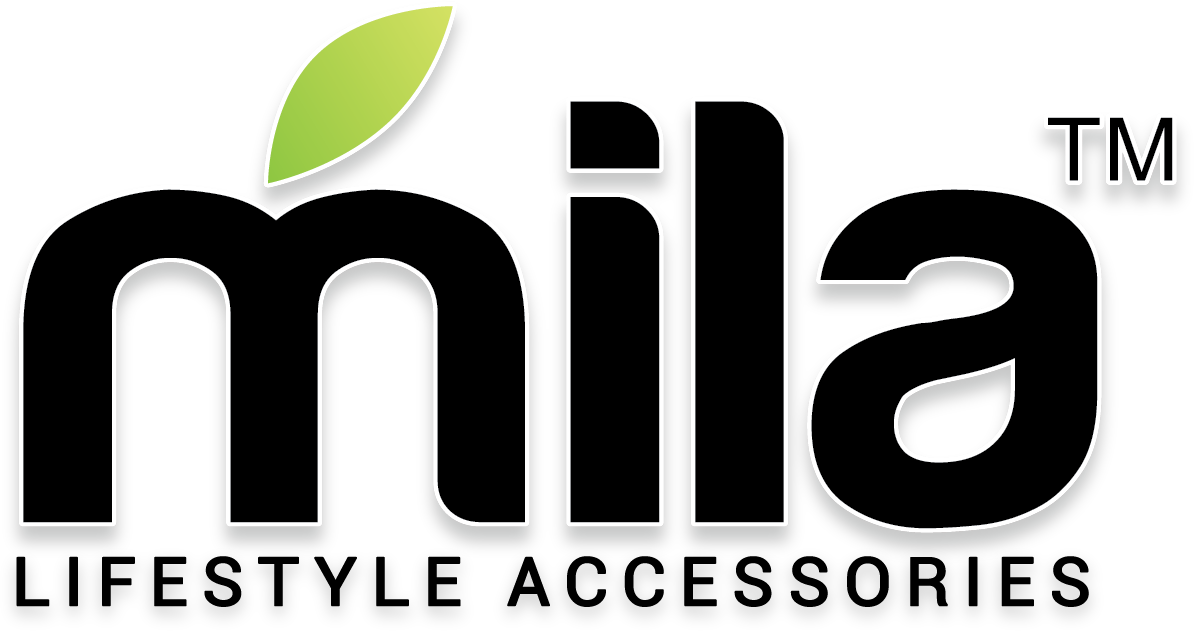5 Ways to Combat Supply Chain Shortages in Your Business
Supply chain management is about moving goods from supplier to customer as seamlessly as possible. However, in the real world, things don’t always go to plan. Production issues, natural disasters and other unforeseeable events can disrupt supply chains and lead to stock shortages. If you own your own business, it’s important to know how to manage supply chain shortages so they don’t hurt your company. A supply chain shortage occurs when there is a sudden lack of raw materials or finished products that are essential for your business. These types of crises have the potential to cripple production, take up too much time and even cost you, customers, if not handled properly. Whether you are starting your own business or currently operating one, understanding different ways you can tackle these issues will help mitigate their effect on your company.
Plan Ahead
The key to supply chain management is planning. With this in mind, you should have a forecast for all of your essential materials, as well as a backup plan in the event of a shortage. For example, if you are running low on a certain type of fabric, you can put out a request to your suppliers to increase their production. This way, you are not caught off guard and can minimize the effects of a shortage on your business. It’s important to note that while you can affect the timing of a supply chain disruption, you can’t stop it from happening. That’s why it’s crucial to forecast demand for both your finished products and raw materials to help prevent shortages.
Identify the Root Cause of Shortages
It’s important to determine the root cause of supply chain issues. For example, if raw materials are running low, why are they in short supply? Did the supplier fail to anticipate demand and not order enough, or did the problem occur during production? Similarly, if a finished product is in short supply, why is that the case? Did customers suddenly buy more than expected, or did the issue occur during production? If you have an unexpected shortage, find the source of the problem to find a solution. For example, if your packaging supplier failed to meet demand and a shortage occurred, you might need to find a new supplier. However, if demand for your product outpaced expectations, you can scale up production.
Review Your Supply Chain Strategy
If you have experienced repeated problems with supply chain shortages, it may be time to review your supply chain strategy. In particular, you should examine how you source your raw materials and finished products. If your suppliers are located in a different state or country, it may take too long for them to deliver materials. If you have multiple suppliers for a single raw material, you may want to explore consolidating them into one. Similarly, for finished products, you may want to look for a single supplier to minimize the risk of a supply chain disruption. When examining your supply chain strategy, you may want to ask yourself the following questions: - Where are my materials sourced? - How reliable are my suppliers? - What are their timelines like? - How do they handle issues like natural disasters or fires? - How quickly can they respond to an increase in demand? - Are they able to meet my needs?
Utilize Alternative Supply Chains
If a short supply of raw materials or finished products is expected, you may want to consider utilizing an alternative supply chain. For example, if demand for a certain type of fabric is expected to outpace supply, you could look for another supplier for similar material. Similarly, if a supplier is having problems with a specific product, you can look for an alternative supplier. These types of arrangements can take time to put in place, but they can help reduce the impact of supply chain issues if you have enough notice.
Rotate Your Inventory
One way to mitigate the effects of a sudden supply chain shortage is to rotate your inventory. Though it may seem like common sense, you may be surprised by how many businesses ignore this simple technique. If a certain raw material or finished product is running low, you may want to purchase less of it, or none at all, until it is available again. For example, if your supplier is experiencing a shortage of fabric, you may want to reduce the amount you purchase until it is available again. It’s important to work with your team to put this strategy in place, so they know why inventory levels are changing. For example, if fabric is running low, they may want to purchase less fabric, so they can extend the amount they have on hand.
Automation and Robotics
As you are reviewing your supply chain strategy, you may want to explore automating certain aspects of your business. That could mean investing in robotics to handle packing or using automation to cut fabric more efficiently. It could also mean using more sophisticated software to better forecast demand for your products. It’s important to prepare for supply chain issues before they occur. If you follow these tips, you can minimize the impact of supply chain shortages on your business. Now is the time to look for ways to improve your supply chain management and prepare for the unexpected.



